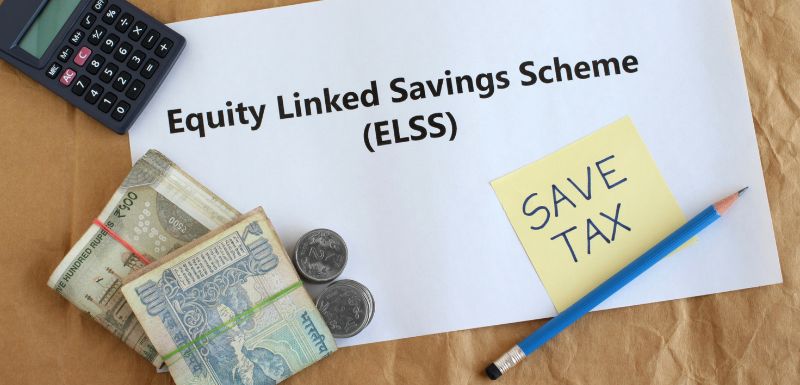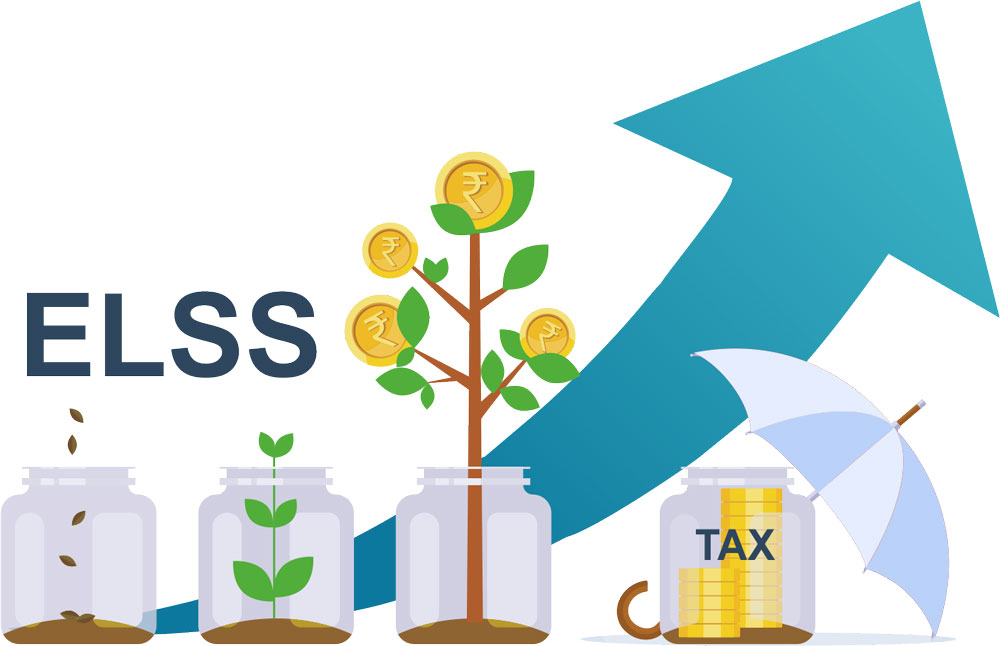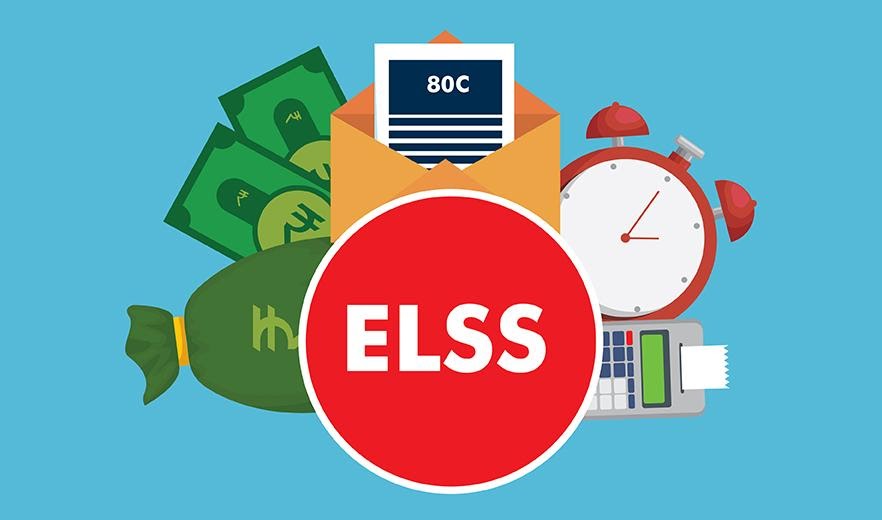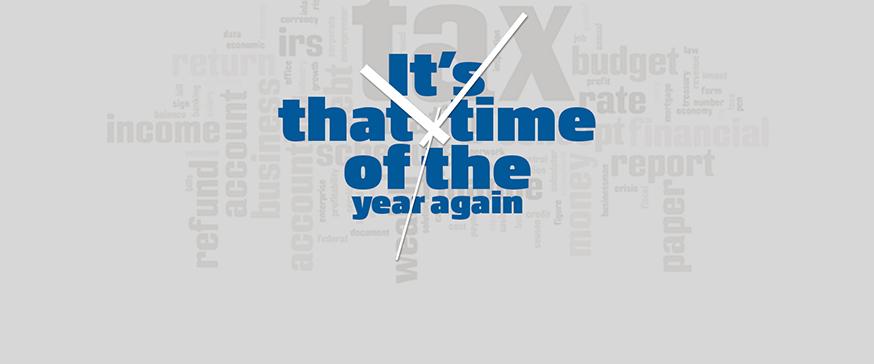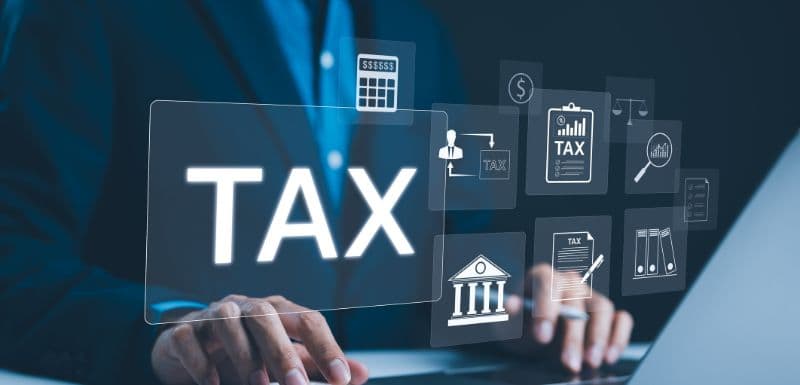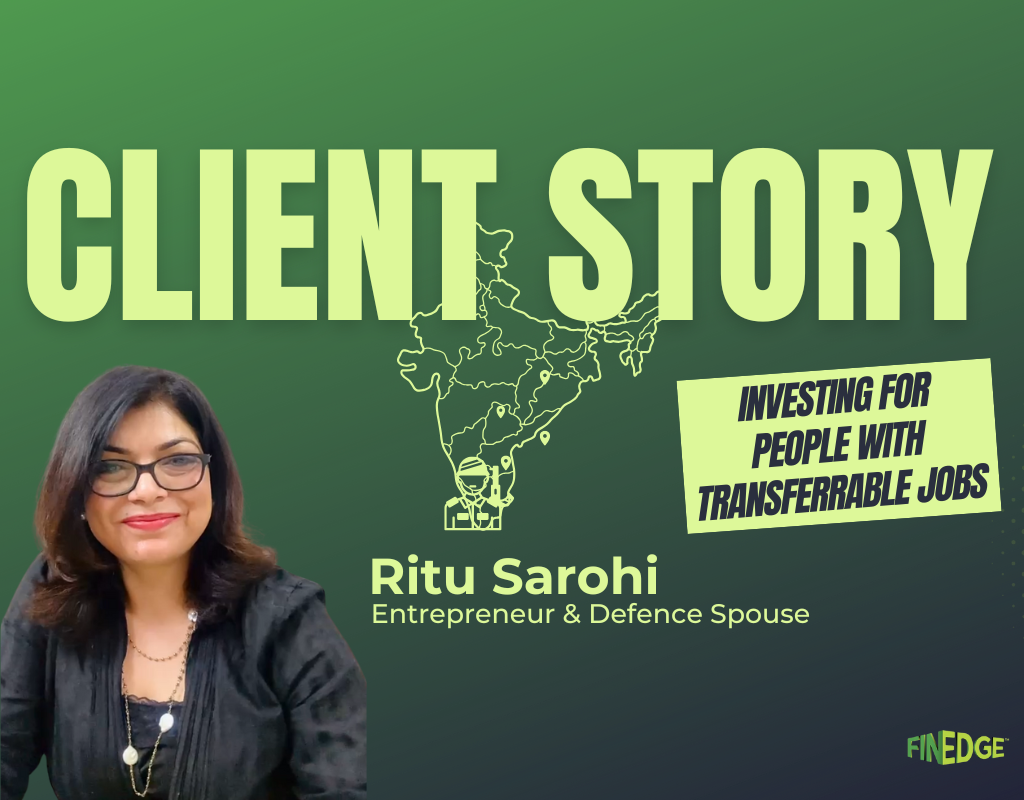Investing Insights
A Guide to Understanding Tax Saving in Mutual Fund Investments
Some individuals invest in financial products only with the aim of saving taxes. They start looking for tax-saving investment products in the last quarter of the financial year. In the last quarter, their HR or Finance Team starts asking them for investment proof(s) to avoid a TDS deduction from salary. It is not the best way to invest. The appropriate approach is to do goal-planning and, within that look for tax-efficient financial products. In this article, we will understand what are tax-saving mutual funds and how to maximise tax savings with them.
Factors To Consider Before Investing in ELSS
Investing in equity linked savings schemes (ELSS) is a popular way to save money and grow wealth. ELSS Mutual Funds provide tax saving benefits, along with the potential to earn higher returns than some other investment options. However, before investing in ELSS fund, there are several factors that should be considered.
Here's Why ELSS Investment is Better Than PPF & NSC
Read this blog to learn why ELSS is better investment option than PPF & NSC. Besides tax savings, it offers capital appreciation. To know more ELSS mutual funds, visit FinEdge now!
Considering an ELSS? Here are 5 Things to Keep in Mind
If you’re about to partake in the all too common financial-yearend scramble to save taxes, you may be flummoxed by the multitude of options at hand. Your insurance agent may be pushing life insurance as the best option, while your friend extols the benefits of a plain vanilla PPF account or even a tax saving FD with a bank. And yet, there’s an 80(C) instrument that not just has a relatively short lock in period of just 3 years – but has delivered a 5-year category average return exceeding 15% per annum and a 10-year annualised return of more than 17% per annum. These are tax saving mutual funds or ELSS (Equity Linked Savings Schemes. These numbers may seem tempting, but make sure you’ve understood a few things about ELSS funds before you say “Tax Saving Mutual Funds Sahi Hai” and jump in with both feet!
3 Smart Tax Saving Tips for the Fiscal Yearend
There’s just one quarter left in the financial year, and you’re soon going to be inundated with ‘reminders’ from your company’s HR manager asking you for your tax saving proofs & declarations for the year! If you’re a Mutual Fund investor, you probably already know that for saving taxes, ELSS (Equity Linked Savings Schemes) Mutual Funds Sahi Hai! Here are three tips to keep in mind while investing into them.
3 Ways to Make Your Tax Saving Mutual Funds Work for You
Tax Saving. For most of us, these two words are like music to our ears! In fact, a big part of the unchecked proliferation of Life Insurance Products may be attributed to our collective obsession with financial instruments that lead to tax saving gains.
3 ELSS Mutual Fund Related Mistakes to Avoid
Smart tax savings start with avoiding common ELSS mistakes—don’t let short-term thinking cost you long-term gains!
3 Reasons Why a SIP in an ELSS Makes Sense
Equity Mutual Funds have been going great guns of late! Despite the volatility witnessed during FY18, Equity funds (including ELSS) witnessed robust net inflow of Rs. 1.71 lakh crore. In the eleven-month period ending February 2018, cumulative SIP contribution was Rs. 60,071 crores. It is estimated that more than Rs. 6,000 crores now flow into Mutual Funds each month, via the SIP route.
Guide: How to invest in an ELSS
With barely a week left in the Financial Year, there will be many who will be engaged in a last-minute scramble to invest into tax saving investments. One some instrument of choice is a ‘tax saving mutual fund’, also known as an ELSS. If you’re one of them, here a simple ready reckoner on how to go about with investing in an ELSS.
Top 5 Best ELSS Tax Saving Mutual Funds to Invest in 2025
Of late, ELSS (Equity Linked Savings Schemes) Tax Saving Mutual Funds have gained prominence, largely propelled by an increasing awareness regarding the poor returns afforded by traditional life insurance policies. ELSS, though risky, provide investors with the chance of earning significantly higher returns than Life Insurance and other traditional instruments over a 5 to 7-year time horizon.
Top Advantages of ELSS Mutual Funds
With the AMFI creating widespread awareness about Mutual Funds through its ubiquitous “Mutual Funds Sahi Hai” campaign, ELSS (Equity Linked Savings Funds) have gained in popularity in the past few months. Many investors made the smart move of starting a Mutual Fund SIP in an ELSS at the start of the Financial Year itself, thereby having achieved their Section 80 C targets with relative ease.
Top Five Tax Saving Mutual Funds to Consider Right Now
With barely five months left in the fiscal, many of you will be considering various options to plug your Section 80C shortfalls from the permitted maximum deduction of Rs. 1.5 Lakhs. Tax Saving Mutual Funds can prove to be a very useful option, compared to lower return instruments such as Tax Saving FD’s or Life Insurance.
Latest Posts
Multi-Generational Investment Planning Tips: Boomers, GenX, Millenials, GenZ
Mar 21, 2025
Why a Home Purchase Plan is Important – A Home Loan Checklist
Mar 11, 2025
Rupee Falling in 2025? Here’s How to Protect and Grow Your Investments!
Feb 08, 2025
The Impact of Inflation on Your Financial Goals
Feb 08, 2025
Your Child’s Education Goal: A Step-by-Step Investment Guide
Feb 08, 2025
Investment Plans for NRIs: Yasser Khan’s Testimonial
Apr 02, 2025
Appreciation shown by our clients
Oct 05, 2023
How the Modern Woman is taking Investing decisions
Aug 21, 2024
Investing Stories
